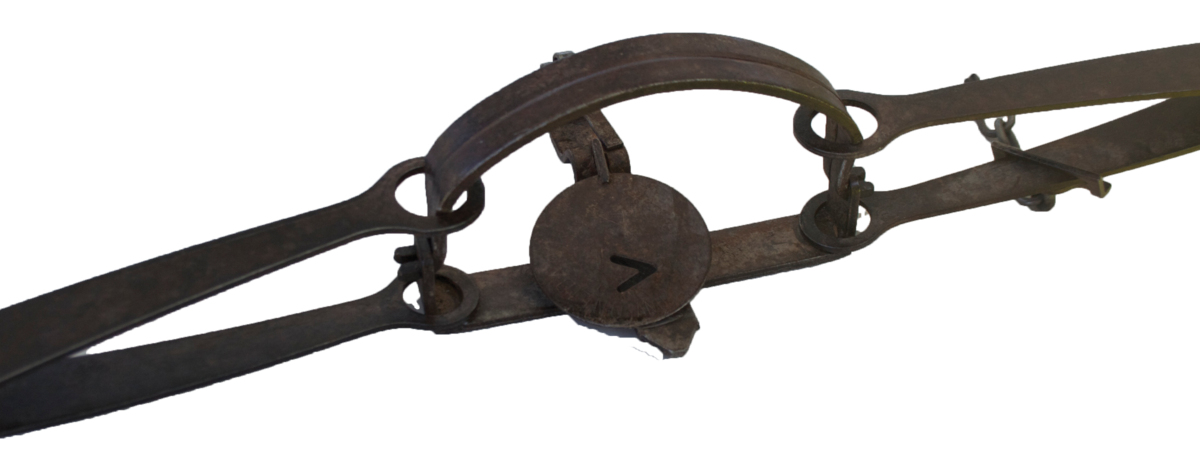Pet owners are reminded fur trapping seasons are open during late fall and winter, and pets running off leash unsupervised could risk having their toes pinched – or worse – by traps and snares intended for wildlife.
While traps and snares are rarely encountered by bird hunters or hikers, pets can be attracted to them and become trapped, and people who allow their dogs to roam should be prepared to act quickly if it occurs.
Most traps and snares are simple in design and easy to operate if you know what to do. Some of the larger foothold and body-gripping traps can be challenging because they require more effort to open, but the principles are the same.
Idaho Fish and Game provides information on how to spot and avoid traps, and what to do if a pet gets caught. Both videos and brochure are available online.
- A 9-minute video, “Avoiding Wildlife Traps While Walking your Dog” shows the variety of traps and snares you may encounter while hiking or walking your dog, and how you can recognize and avoid them. Some traps and trap sets can be very visible if you know what to look for, but many traps will be difficult to spot depending on the species targeted.
- A companion 8-minute video “Releasing Your Dog from a Trap” shows the types of traps and snares likely to be encountered and demonstrates how to release your dog quickly should it get caught.
Trappers are advised to avoid conflicts by closely following all rules and regulations, including not setting traps close to popular trails, trailheads or areas where people commonly frequent. Trappers are also encouraged to post warning signs near their trap lines to inform recreationists that traps or snares are in the area, which you can download and print from Fish and Game's website.

